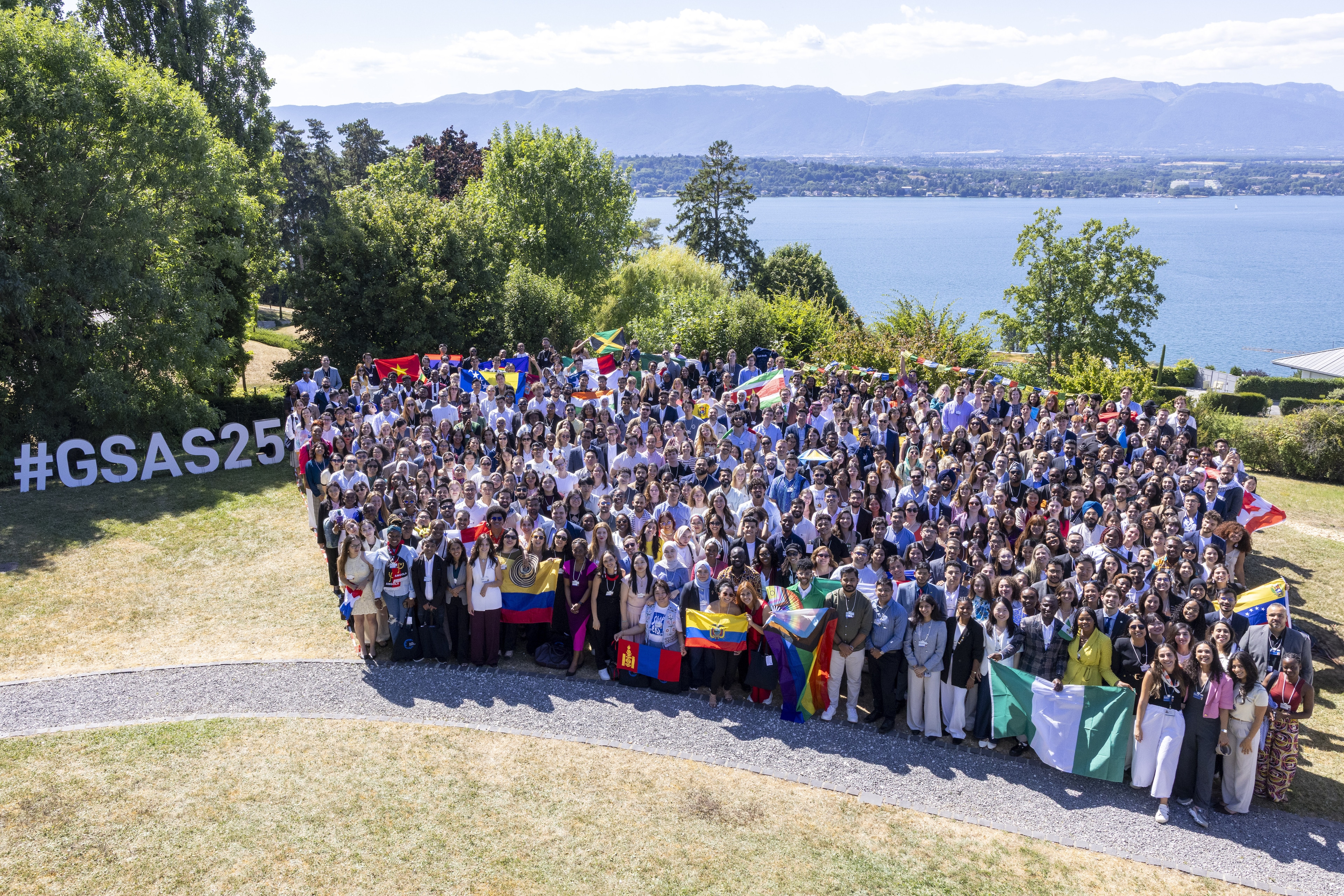The world’s population mapped by who is online

Stay up to date:
The Digital Economy
What would the world look like if countries were sized by the number of people online? With only a third of the world having access to the internet, many countries would virtually disappear from the map. Africa, with the exception of Nigeria and Egypt, would shrink substantially, while Germany, France and the UK would swell, making Europe as a whole gargantuan.
China and India’s huge populations make up for the fact both countries have a smaller percentage of online users.
Oxford University’s Internet Institute built the above visualization using 2013 data from the World Bank. The map shows that Asia has 1.24 billion internet users, just under half of the world’s total.
China has the most internet users in the world, with 600 million people online, followed by the United States (270 million), India (190 million) and Japan (110 million).
Outside of Europe, North America and Oceania, only five countries have over 80% of the total population online. Those countries are Japan, South Korea, Bahrain, Qatar and the United Arab Emirates.
The map was made by sizing each country based on the absolute number of internet users, while keeping the countries’ and continents’ real shapes.
Have you read?
These 2 maps will change the way you understand population
This map will change how you see Africa
Which countries have the highest proportion of internet users?
Author: Donald Armbrecht is a freelance writer and social media producer.
Image: A NBN Co. worker holds a fibre-optic cable used in the National Broadband Network in west Sydney. REUTERS/Daniel Munoz
Don't miss any update on this topic
Create a free account and access your personalized content collection with our latest publications and analyses.
License and Republishing
World Economic Forum articles may be republished in accordance with the Creative Commons Attribution-NonCommercial-NoDerivatives 4.0 International Public License, and in accordance with our Terms of Use.
The views expressed in this article are those of the author alone and not the World Economic Forum.
Forum Stories newsletter
Bringing you weekly curated insights and analysis on the global issues that matter.
More on Youth PerspectivesSee all
Antara Choudhury and Vivin Rajasekharan Nair
August 14, 2025
Natalie Pierce
August 12, 2025
Murchana Roychoudhury and Saurabh Shah
August 12, 2025
Rawan bint Najeeb Tawfeeqi
August 11, 2025
Sakshee Singh and Hélène Colin
August 4, 2025
Anurit Kanti
July 15, 2025







